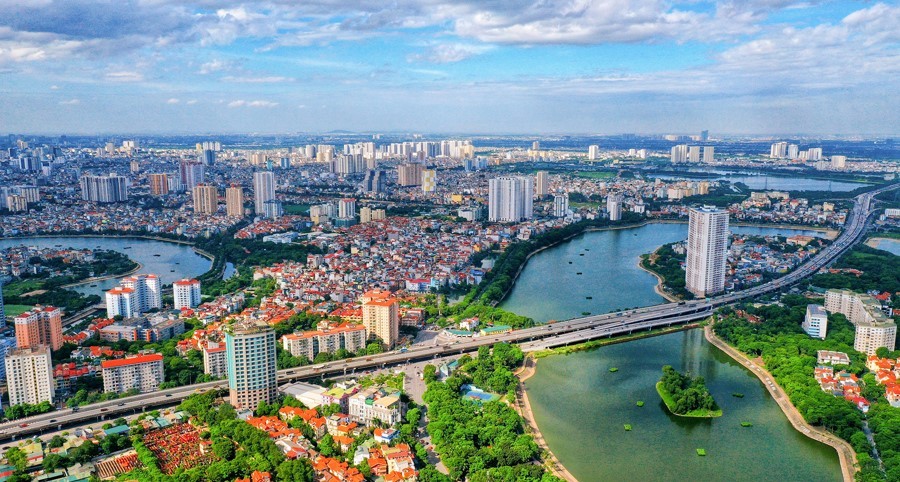 |
| Hanoi has outstanding potential, being a major center of science, education, economy and diplomacy . (Source: Urban Economics) |
Outstanding potential
Hanoi has outstanding potential, being a major center of science, education, economics and diplomacy.
The quality of human resources in the capital has been increasingly improved in recent years, reflected in the rate of students having jobs after graduation, the rate of trained workers in the city has continuously increased every year. The quality of the network of vocational training institutions has been continuously improved.
In the period 2011-2020, the labor force with professional and technical qualifications in Hanoi increased. If in 2011 the proportion of trained labor force accounted for only 30.4%, then by 2020 it increased to 48.5%. This is the joint effort of all levels and sectors in mobilizing social resources to participate in education, training and vocational training activities. Through the Vocational Skills Competitions, Hanoi's contestants always lead the National Competitions and many contestants from Hanoi are selected to be part of the national team to participate in regional and world competitions with high achievements.
Hanoi is a special urban area of Vietnam directly under the Central Government, the nucleus of the Northern Key Economic Zone. Hanoi is the hub of convenient traffic routes radiating to the whole country and internationally, with a more developed traffic - economic - technical - social infrastructure compared to other localities in the region and the whole country.
The city converges all economic connection points (Science and technology, industry, services/training, healthcare, tourism and agriculture...) and has truly become the main growth pole in regional connectivity, as well as the overall structure of the national urban network, having a significant impact in the domestic and international competitive environment.
Hanoi becomes the operating center of major economic organizations and national training, research and development facilities.
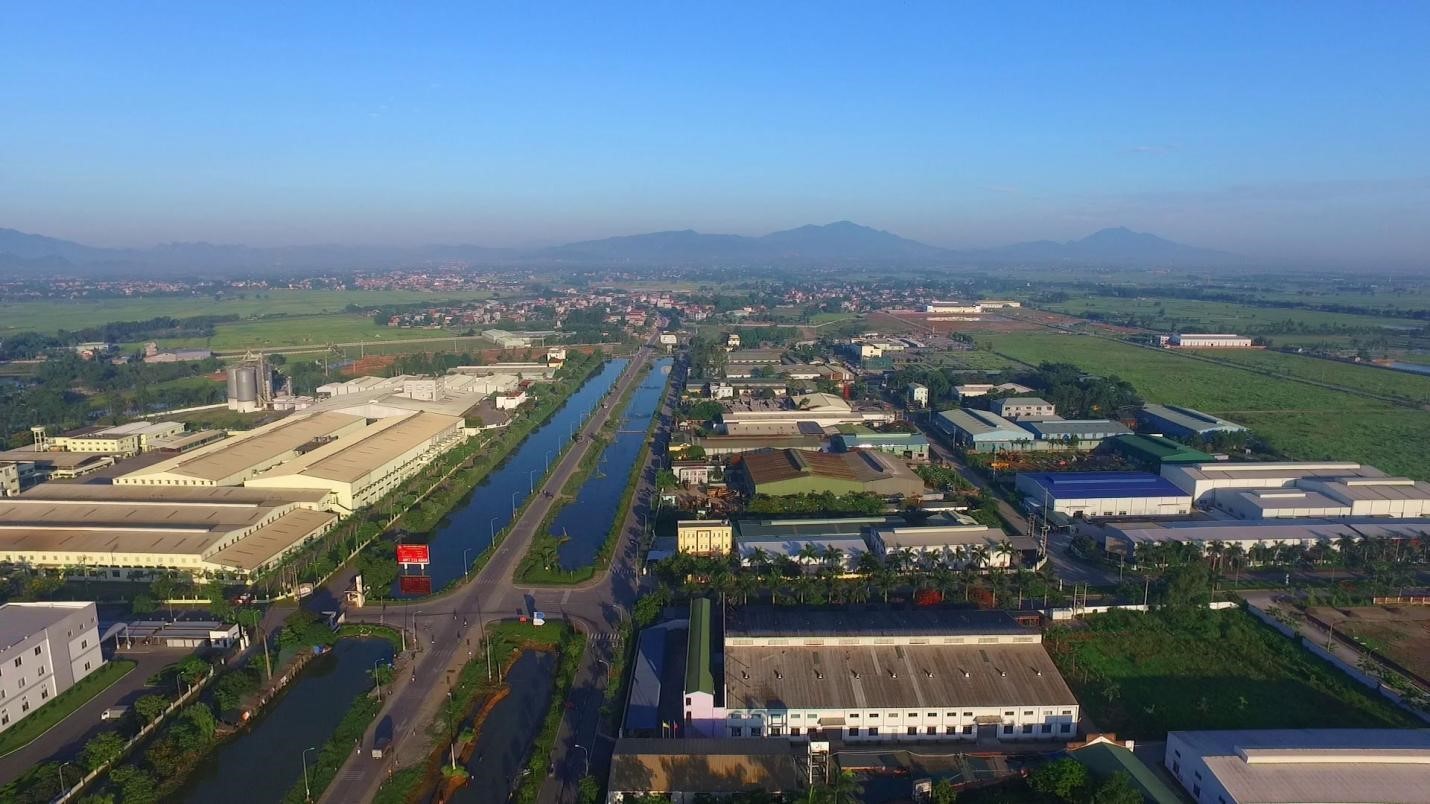 |
| Phu Nghia Industrial Park, Hanoi. (Source: Urban Economics) |
Bright spot of socio-economic development
As the driving force for the development of the Northern key economic region, Hanoi is considered a bright spot in socio-economic development as well as regional connectivity, connecting supply and demand with provinces and cities across the country.
In the period 2016-2019, Hanoi witnessed remarkable growth in attracting FDI capital with 26.5 billion USD and was the leading locality in attracting FDI in the country in 2018-2019. Since 2020, due to the severe impact of the Covid-19 pandemic, the world market has faced unprecedented difficulties, leading to the stagnation of foreign trade activities, disruption of supply chains, increased global costs, and restrictions on travel between countries. However, with the drastic direction of the City, Hanoi's total FDI attraction in 2020 still reached 3.83 billion USD, ranking 3rd nationwide.
In addition to the advantages in terms of potential and geo-economic position, Hanoi still faces difficulties and challenges in organizing and managing production and business activities; the quality of human resources; the labor productivity of Hanoi's industry is lower than that of other countries in the region; the process of association and cooperation between Hanoi and other localities still has many shortcomings such as: The planning, establishment and development of new industrial parks in the recent period have not achieved the set goals. The planning and adjustment of construction planning for new industrial parks and high-tech parks are still slow. The social security system such as housing and entertainment areas for workers in operating industrial parks is still lacking and has not been planned and built synchronously. The development of social infrastructure such as cultural institutions and workers' housing has not met the needs of workers. Regarding investment attraction, the high rental price of land with infrastructure in some industrial parks affects the calling for and attracting investment, especially large leading projects.
According to the development process of the economy, investment projects in industrial parks will gradually shift from projects using unskilled labor to projects using highly skilled labor; the social infrastructure system serving labor for industrial parks must be synchronous and modern.
This is an advantage of Hanoi compared to neighboring provinces. Therefore, from 2019 to now, the demand for investment in infrastructure of new industrial parks in Hanoi has increased.
Implementing the Resolution of the 17th City Party Congress; Program No. 02-CTr/TU dated March 17, 2021 of the Hanoi Party Committee; Action Program No. 277/Ctr-UBND dated December 5, 2021 of the City People's Committee to implement the 5-year socio-economic development plan 2021-2025; on January 7, 2022, the City People's Committee issued Decision No. 65/QD-UBND promulgating the Project " Establishing 2-5 new industrial parks in the period 2021-2025 ", accordingly, in the period 2021-2025, the City determines the goal of establishing and putting into operation from 2 to 5 industrial parks. In which, Soc Son clean industrial park, Dong Anh industrial park, Bac Thuong Tin industrial park, Phung Hiep industrial park, Phu Nghia expanded industrial park; In addition, the Management Board is also continuing to implement projects such as Quang Minh II Industrial Park, Hanoi High-Tech Biological Park, etc.
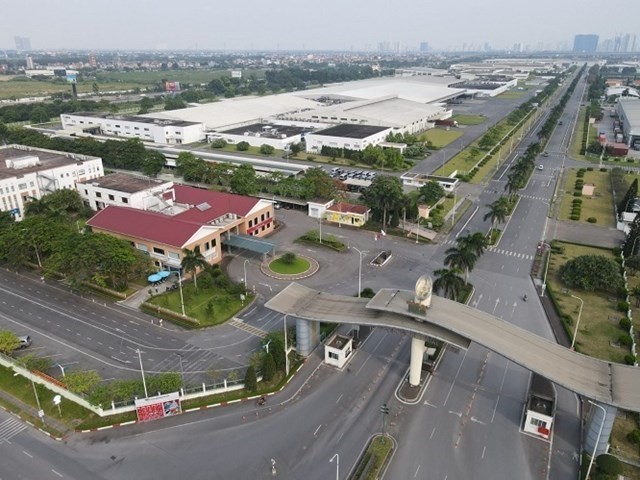 |
| Hanoi's industrial and export processing zones have attracted many large projects, contributing significantly to the socio-economic development of the capital. (Photo: HNM) |
Promote the role of a bridge
After 15 years of implementing Resolution 15/2008/QH12 of the National Assembly on adjusting administrative boundaries, Hanoi City has been focusing on developing processing and manufacturing industrial products, high-tech industry, high added value, and environmentally friendly clean industry.
Over the years, the Hanoi Industrial and Export Processing Zones Management Board has always performed well its tasks as the focal point for receiving and handling administrative procedures in the industrial zones, providing public administrative services and other support services for enterprises in the industrial zones. At the same time, it has promptly resolved difficulties for enterprises, and advised the City on mechanisms and policies to promote production and business for enterprises.
Therefore, industrial production activities in the area have always maintained a fairly good growth momentum. The Industrial Development Index (IIP) in the period of 2016-2020 increased by an average of 7.2%/year. Investment attraction in industrial parks in the period of 2009-2022 reached nearly 4 billion USD (average 300 million USD/year), of which foreign investment attraction reached over 3.5 billion USD (investment capital for expanding FDI projects accounted for 73%).
Up to now, Hanoi City has 10 industrial parks in operation with a total land use area of 1,348 hectares, infrastructure investment capital in the industrial park of 139 million USD and over 6,000 billion VND, the area occupancy rate is over 95%; the Nam Ha Noi Supporting Industrial Park, Phu Xuyen District, Phase 1, area 76.9 hectares and the Hanoi IT Park, Long Bien District, area 36 hectares have basically completed infrastructure to attract secondary investors;
The industrial parks have attracted 711 operating projects, including 304 foreign direct investment projects with registered capital of over 6.6 billion USD; 407 domestic investment projects with registered capital of over 19,000 billion VND; There are 27 countries and territories with investment projects in the industrial parks. Of which, Japan accounts for about 60% of the total registered investment capital. Many projects have large investment capital from multinational companies with advanced and high technology such as: Canon, Yamaha, Meiko, Terumo, Hoya... Industries attracting investment in the industrial parks comply with the approved planning, mainly focusing on the following industries: Electricity - electronics accounting for 44%, mechanical engineering industry 24%, other industries 32%.
Industries attracting investment in the Industrial Park are in line with the City's industrial development plan: Electrical - electronic industry accounts for 44%, mechanical engineering industry 24%, other industries 32% (pharmaceuticals, agricultural processing, food, garment, printing industry...).
Production, business and import-export activities of enterprises in industrial parks have maintained a fairly good growth rate. Enterprise management, labor management and job creation have increasingly played a positive role, stabilizing and improving the material and spiritual life of workers. In the past 5 years, enterprises in the Industrial Park have achieved some outstanding results such as: Industrial production revenue value of 6.8 billion USD/year, accounting for about 5.5% of the City's GDP; Export value of 4 billion USD/year, accounting for about 30% of the City's total export value; Contributing to the state budget over 200 million USD/year;
Hanoi's industrial parks have attracted nearly 165,000 workers (of which over 1,100 are foreign workers), on average 1 hectare of land has created jobs for more than 160 workers. Enterprises in the industrial parks have actively contributed to promoting the development of industries and the socio-economic development of the city.
In the coming time, to promote the development of industrial parks, it is necessary to perfect the institutions, policies, development models and management of industrial parks in the direction of building a unified legal framework (such as the Law on Industrial Parks, Economic Zones...) to create a breakthrough in promoting economic restructuring, renewing the growth model, realizing the goal of industrialization of the capital on the basis of productivity, quality, efficiency and sustainability. Develop plans and roadmaps for converting and developing new industrial park models for models suitable for Hanoi's industrial parks such as the ecological industrial park model, Industrial - urban - service industrial park...
In addition, it is necessary to promote the improvement of the investment and business environment, reform administrative procedures to be open and highly competitive, and improve the quality of public services to create favorable conditions for businesses and investors... At the same time, promote decentralization and authorization of state management of industrial parks to create a "one-stop, on-site" mechanism that is favorable for businesses.
Source




![[Photo] Ready for the top competitions of Vietnamese table tennis](https://vphoto.vietnam.vn/thumb/1200x675/vietnam/resource/IMAGE/2025/5/18/9c547c497c5a4ade8f98c8e7d44f5a41)
![[Photo] Many young people patiently lined up under the hot sun to receive a special supplement from Nhan Dan Newspaper.](https://vphoto.vietnam.vn/thumb/1200x675/vietnam/resource/IMAGE/2025/5/18/6f19d322f9364f0ebb6fbfe9377842d3)
![[Photo] Party and State leaders attend the special art program "You are Ho Chi Minh"](https://vphoto.vietnam.vn/thumb/1200x675/vietnam/resource/IMAGE/2025/5/18/6895913f94fd4c51aa4564ab14c3f250)
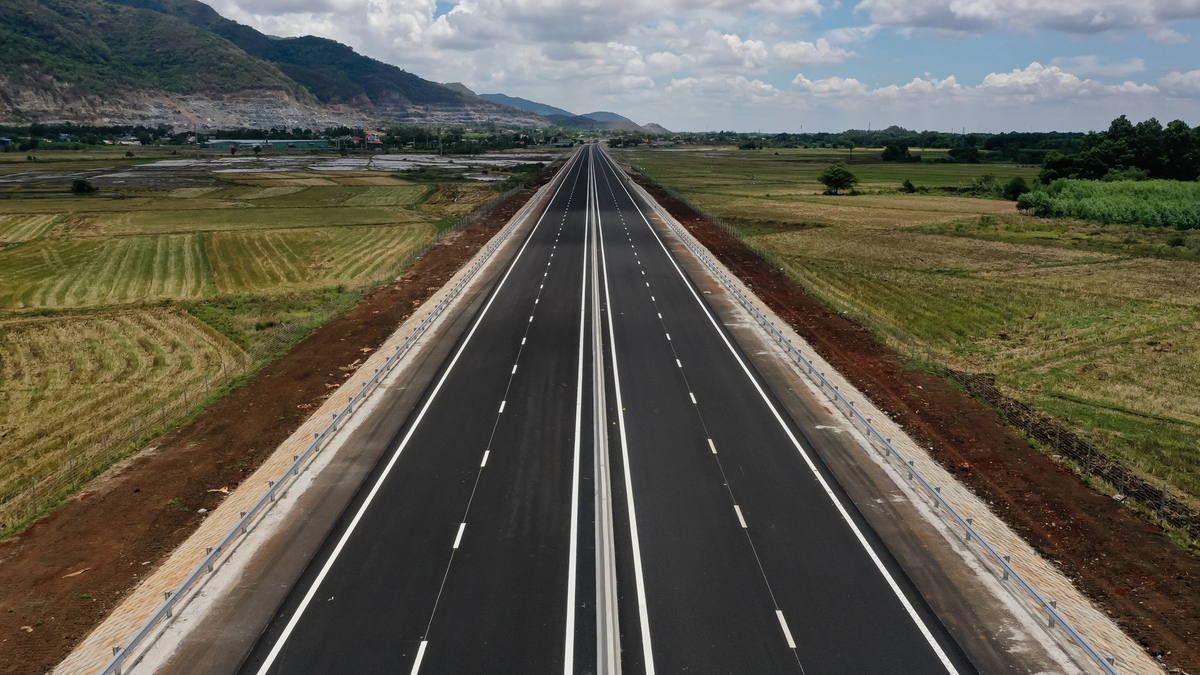
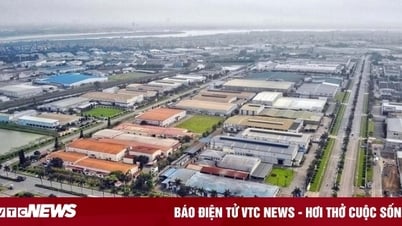

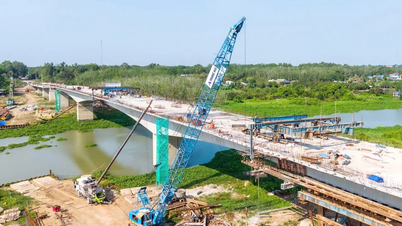









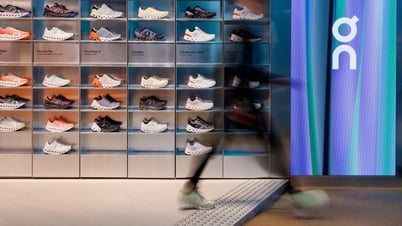





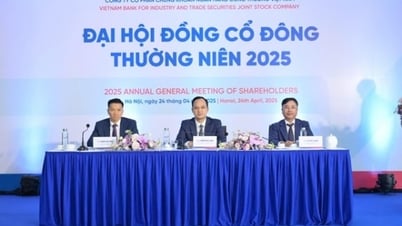







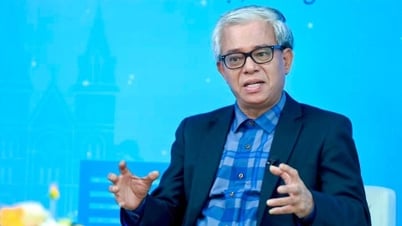

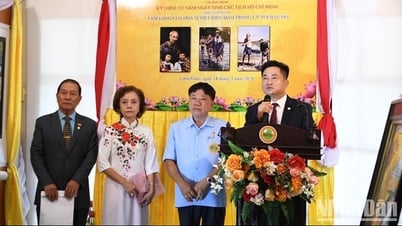
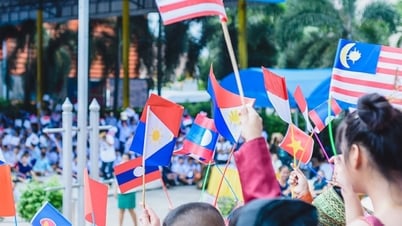
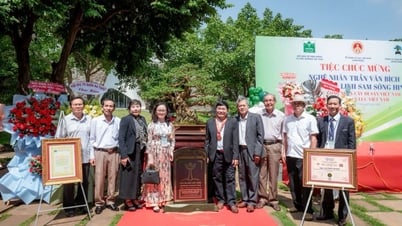






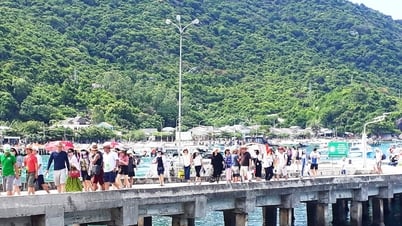


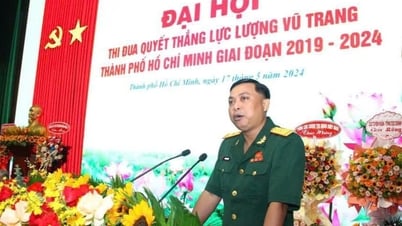

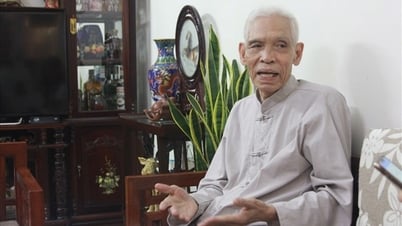






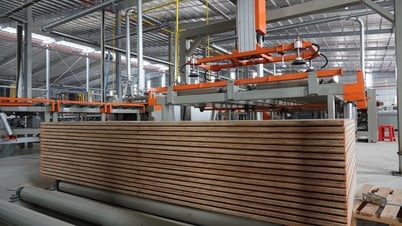
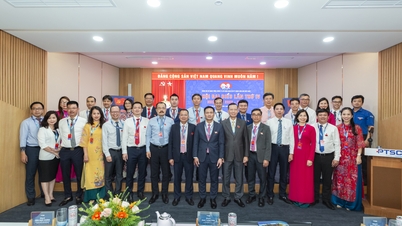


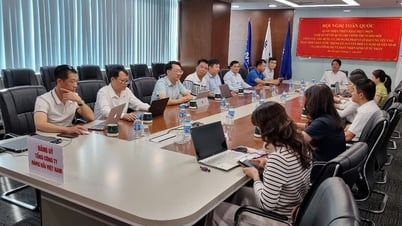


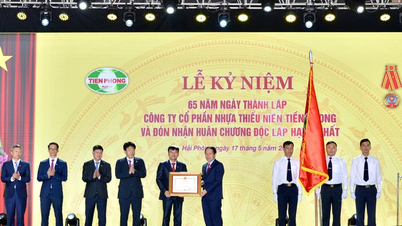
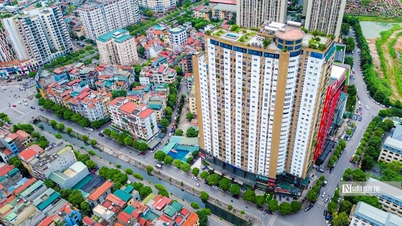
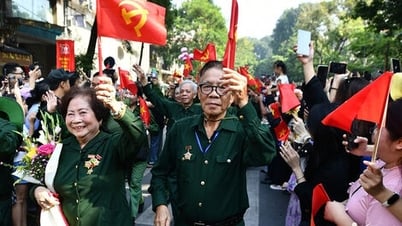

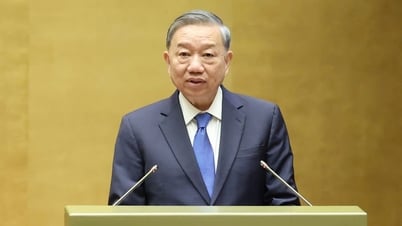


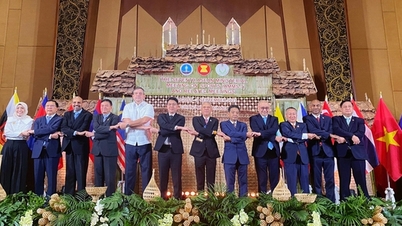

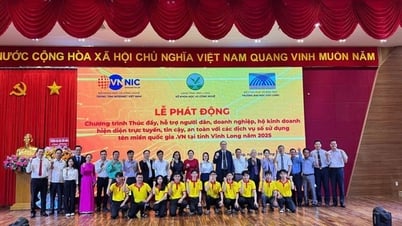

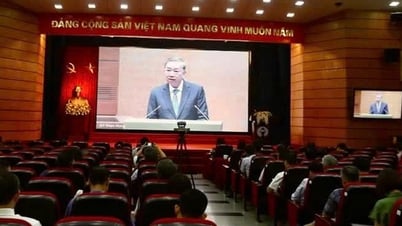
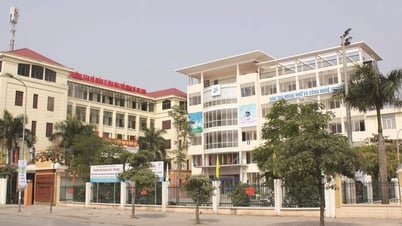

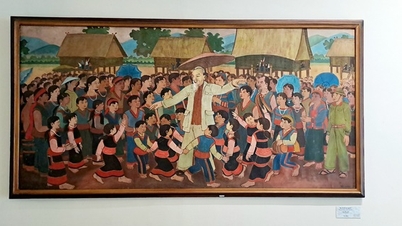
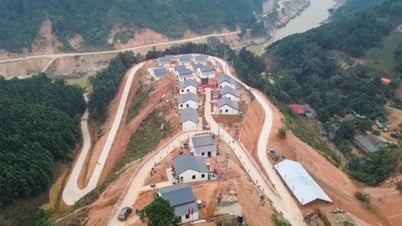

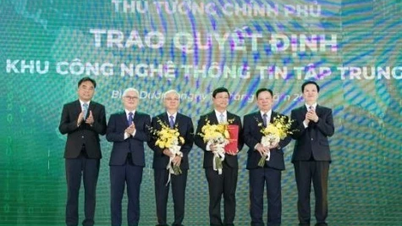





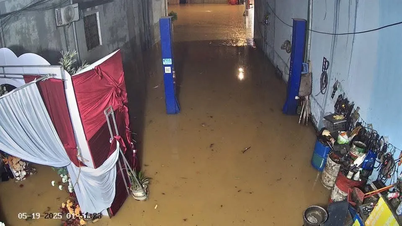












Comment (0)